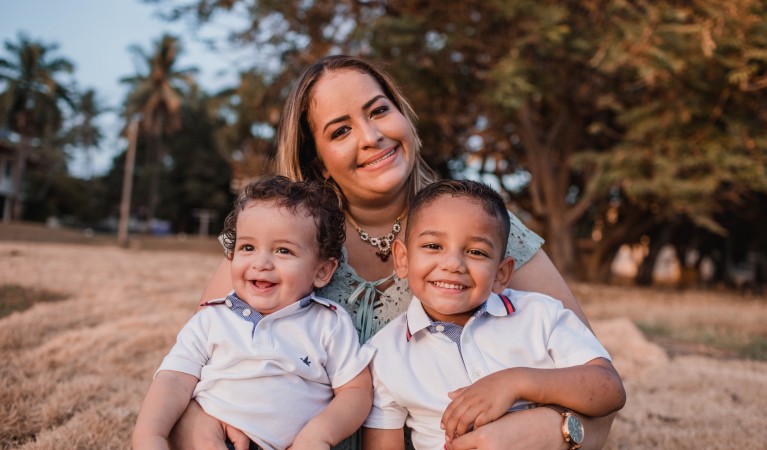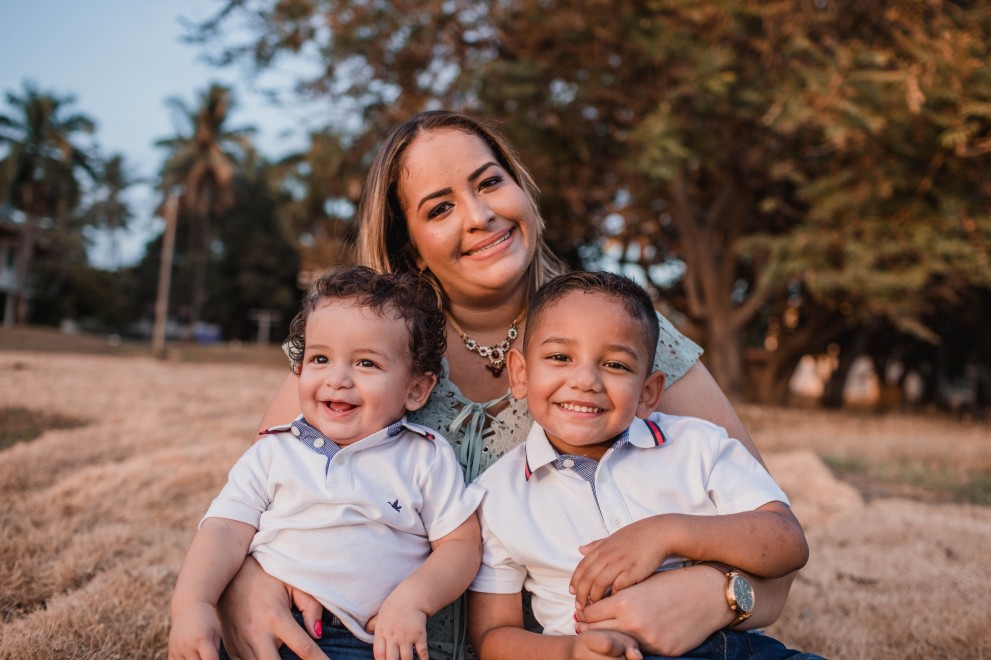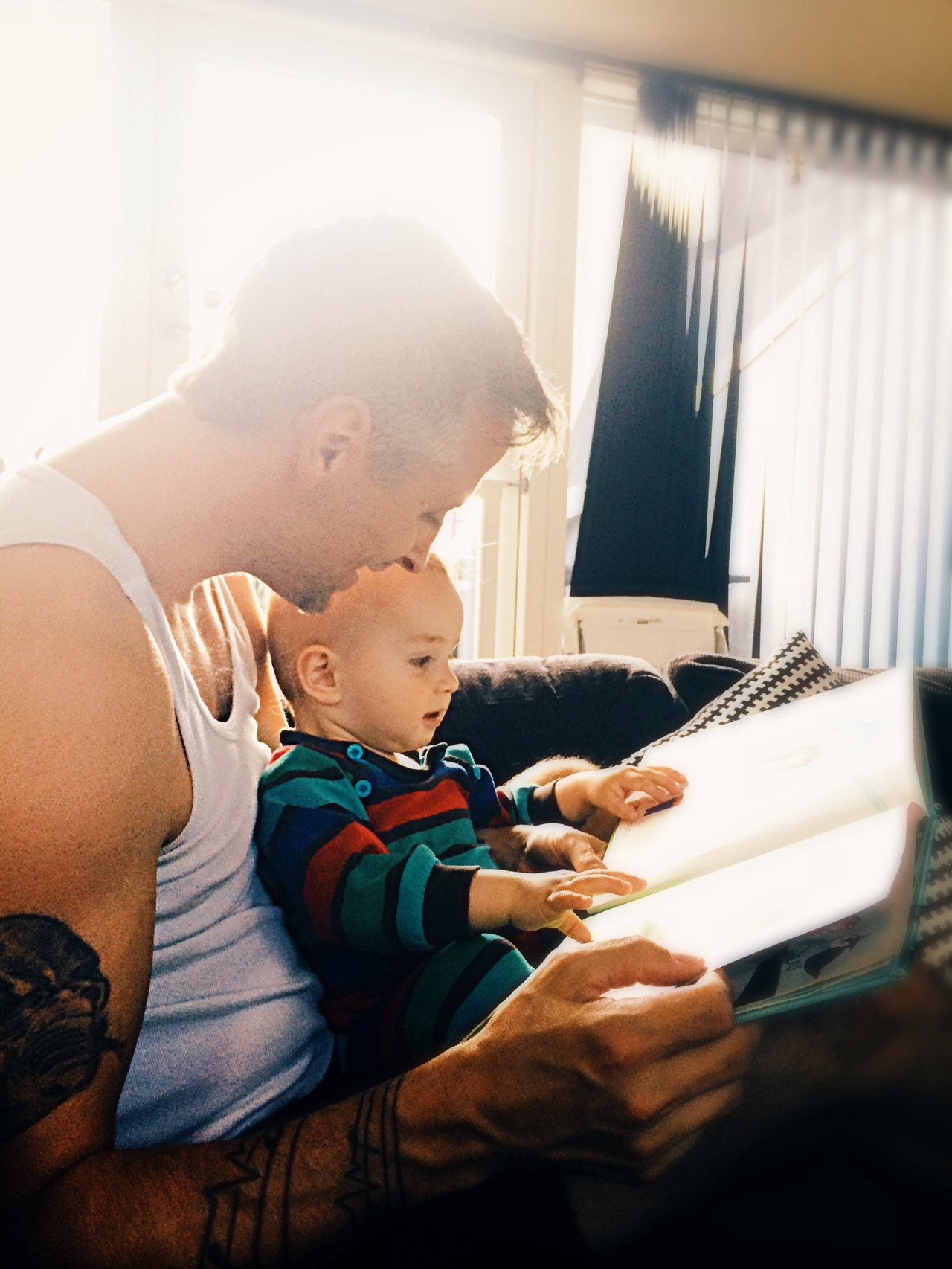

Getting Safe (safety planning)
Safety planning is the act of brainstorming ways to stay safe and reduce future harm.
It might include planning for a future crisis, weighing all of your options, and making decisions about what steps to take next. Finding ways to stay safe is empowering and can be a vital step toward healing. Click through the tabs below to learn more about the basics of safety planning. Then, download the free worksheet, provided courtesy of the National Center on Domestic and Sexual Violence (NCDSV), to work out your own safety plan. You may also call us at 360-336-9591 to speak with an advocate for help developing your plan, free of charge.
General Safety
If you are living with your abuser, there are things you can do to keep yourself and family safer.
- Think about who you would call in a crisis.
- Have important numbers available for you or your children.
- Ensure you have the appropriate contact information handy
- Can you work out a signal with family members/children/neighbors to call police when needed?
- Think about where you would go if you had to flee temporarily. Even if you aren’t planning to leave, think of where you would go, if you had to.
- If you need to escape your home, know the escape routes in advance.
- Practice your escape routes with your children.
- If there are weapons in the home, think about how you could get them removed, safely.
- Have important documentation readily available, in case you have to flee.
- Gather important papers such as birth certificates, social security cards, marriage & driver’s licenses, titles, passports, insurance info, health and school records, immigration documents, and divorce/other court documents and keep them in a secure, easily available place.
- Try to keep some extra money set aside.
- Same with an extra set of keys.
- Gather medications and prescriptions and store them where they can easily be accessed.
- Review your safety plan often for modifications as needed and to remain familiar with it.
During Crisis
Staying Safe During Active Conflict
- Stay close to a door or window so you can get out if you need to.

- Stay away from the bathroom, the kitchen, and weapons.
- Practice your escape.
- Know which doors, windows, elevator, or stairs would be best.
- Have a packed bag ready. Hide it in a place that you can get to quickly.
- Identify neighbors you can tell about the violence. Ask them to call the police if they hear signs of domestic violence coming from your home.
- Have a “code word” to use with your children, family, friends, and neighbors. Ask them to call the police when you say that word.
- Know where to go if you have to leave home, even if you don’t think you’ll have to.
Trust your instincts. Do whatever you have to do to survive.
If your life is in danger, CALL 9-1-1.
If not, consider that you can call our 24-Hr Hotline at 1-888-336-9591 anytime, day or night. Our highly-trained advocates are available 24/7/365 to talk confidentially with anyone experiencing domestic violence, seeking resources or information, or questioning unhealthy aspects of their relationship.
Some of this information is adapted from: Copyright © 1998 by the National Center for Victims of Crime. This information may be freely distributed, provided that it is distributed free of charge, in its entirety and includes this copyright notice.
Safety If Planning to Leave
Leaving is your choice. You are the best judge of your situation and no one but you can say when you will be able to leave your situation. If you do choose to go, be aware that this is a dangerous time for victims. Abuse is about control – when abusers feel a loss of control – like when victims try to leave them – the abuse often gets worse. Take special care when you leave. Remain vigilant, even after you have left. That is not to discourage you from leaving, but to empower you with all the knowledge you need for success. We can help you develop a plan to leave, if that’s what you feel is the best solution. Contact our agency at 360-336-9591 to speak with an advocate about developing a plan.
- Where will you go? It is important to have a safe destination in mind in advance.
- Having a couple back up destinations can also be helpful.
- Plan a route. Plan a safe route to your safe place and then plan a backup plan for that plan.
- If you rely on public transportation, know the routes and departure times.
- Prepare a support network – let them know how to respond if the abuser contacts them.
- Are you comfortable calling the police if you need them?
- Who can you trust to tell that you are leaving?
- How will you travel safely to and from work or school or to pick up children?
- What community and legal resources will help you feel safer? Write down their addresses and phone numbers, and keep them handy.
- Do you know the number of the local shelter? Ours can be reached at 360-336-9591.
- What custody and visitation provisions will keep you and your children safe?
- Is a restraining order a viable option?
- Open a savings account in your own name. Give the bank a safe address, like a post office box or your work address.
- Many DV agencies will allow for mail delivery or help to arrange for a post office box, have that in place in advance.
- Leave money, an extra set of keys, and copies of your important papers with someone you trust. You may need to leave home fast, and you’ll need these things later.
- Make an escape bag that includes all the important items you will need with you when you go.
Because violence could escalate when someone tries to leave, here are some things to keep in mind before you leave:
- Keep any evidence of physical abuse, such as pictures of injuries.
- Keep a journal of all violent incidences, noting dates, events and threats made, if possible. Keep your journal in a safe place.
- Know where you can go to get help. Tell someone what is happening to you.
- Medical care is your choice, but if you are injured and seek medical care, ask the physician to document your visit.
- Plan with your children and identify a safe place for them, like a room with a lock or a friend’s house where they can go for help. Reassure them that their job is to stay safe, not to protect you.
- Contact your local shelter and find out about laws and other resources available to you before you have to use them during a crisis. WomensLaw.org has state by state legal information and we can provide local information at 360-336-9591.
- Acquire job skills or take courses at a community college as you can.
- Try to set money aside or ask friends or family members to hold money for you.
Safety Planning with Children
If you are in an abusive relationship, a safety plan should include ways that your children can stay safe when violence is happening in your home. It’s key to remember that if the violence is escalating, you should avoid running to the children because your partner may hurt them as  well.
well.
Planning for Violence in the Home
- Teach your children when and how to call 911.
- Instruct them to leave the home if possible when things begin to escalate, and where they can go.
- Come up with a code word that you can say when they need to leave the home in case of an emergency — make sure that they know not to tell others what the secret word means.
- In the house: identify a room they can go to when they’re afraid and something they can think about when they’re scared.
- Instruct them to stay out of the kitchen, bathroom and other areas where there are items that could be used as weapons.
- Teach them that although they want to protect their parent, they should never intervene.
- Help them make a list of people that they are comfortable talking with and expressing themselves to.
- Enroll them in a counseling program. Local service providers often have children’s programs.
Planning for Unsupervised Visits
If you have separated from an abusive partner and are concerned for your childrens’ safety when they visit your ex, developing a safety plan for while they are visiting can be beneficial.
- Brainstorm with your children (if they are old enough) to come up with ways that they can stay safe using the same model as you would for your own home. Have them identify where they can get to a phone, how they can leave the house, and who they can go to.
- If it’s safe to do, send a cell phone with the children to be used in emergency situations — this can be used to call 911, a neighbor or you if they need aid.
Planning for Safe Custody Exchanges
- Avoid exchanging custody at your home or your partner’s home.
- Meet in a safe, public place such as a restaurant, a bank/other area with lots of cameras, or even near a police station.
- Bring a friend or relative with you to the exchanges, or have them make the exchange.
- Perhaps plan to have your partner pick the children up from school at the end of the day after you drop them off in the morning – this eliminates the chances of seeing each other.
- Emotional safety plan as well – figure out something to do before the exchange to calm any nerves you’re feeling, and something after to focus on yourself or the kids, such as going to a park or doing a fun activity.
How to Have These Conversations
Let your child know that what’s happening is not their fault and that they didn’t cause it. Let them know how much you love them and that you support them no matter what. Tell them that you want to protect them and that you want everyone to be safe, so you have to come up with a plan to use in case of emergencies. It’s important to remember that when you’re safety planning with a child, they might tell this information to the abusive partner, which could make the situation more dangerous (ex. “Mom said to do this if you get angry.”) When talking about these plans with your child, use phrases such as “We’re practicing what to do in an emergency,” instead of “We’re planning what you can do when dad/mom becomes violent.”
*Reprinted with permission from the National Domestic Hotline
Safety Planning with Pets
 Statistics show that up to 65% of domestic violence victims are unable to escape their abusive partners because they are concerned about what will happen to their pets when they leave. Fortunately, there are more and more resources in place to assist with this difficult situation.
Statistics show that up to 65% of domestic violence victims are unable to escape their abusive partners because they are concerned about what will happen to their pets when they leave. Fortunately, there are more and more resources in place to assist with this difficult situation.
If you’re creating a safety plan of your own to leave an abusive relationship, safety planning for your pets is important as well. Bring extra provisions for them, copies of their medical records and important phone numbers.
If possible, don’t leave pets alone with an abusive partner. If you are planning to leave, talk to friends, family or your veterinarian about temporary care for your pet. If that is not an option, search by state or zip code for services that assist domestic violence survivors with safekeeping for their pets. Try zip code first, and if there are no results, try a search by state. If the none of the results are feasible for your situation, try contacting your local domestic violence or animal shelter directly. For help finding an animal shelter, visit the Humane Society website.
If you’ve had to leave your pet behind with your abusive partner, try to ask for assistance from law enforcement officials or animal control to see if they can intervene.
Take steps to prove ownership of your pet: have them vaccinated and license them with your town, ensuring that these registrations are made in your name (change them if they aren’t).
If you’re thinking about getting a protective order, know that some states allow pets to be a part of these.
If you’ve left your partner, ensure the safety of your pet by changing veterinarians and avoid leaving pets outside alone.